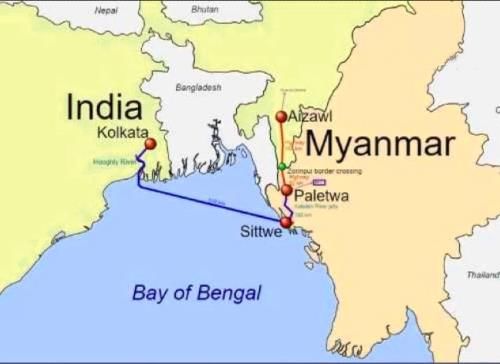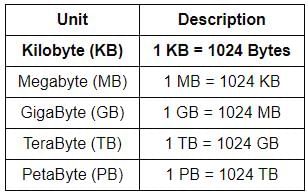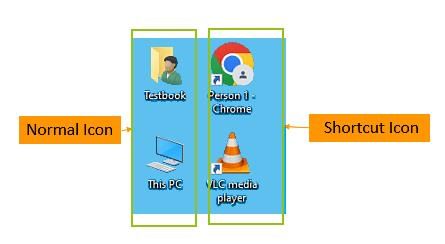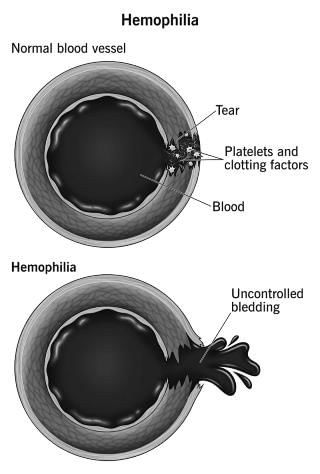BPSC AE Civil Paper 3 (General Studies) Mock Test - 3 - Civil Engineering (CE) MCQ
30 Questions MCQ Test - BPSC AE Civil Paper 3 (General Studies) Mock Test - 3
Which of the following is the correct full form of JPEG?
Who has been appointed as the chairman of the Telecom Regulatory Authority of India (TRAI)?
Which article envisages the official language of the union shall be Hindi in Devanagari script?
Recently seen in news, the "Sittwe Port" is situated in which of the following nation?
Chief component of first generation computer was:
Which of the following is the smallest unit of storage?
Match the following economic terms (column A) with their definitions (column B)
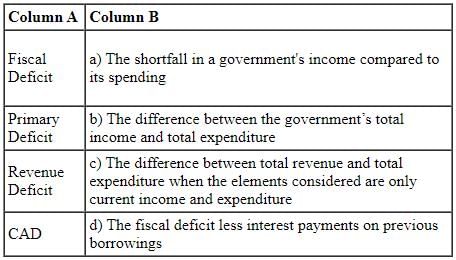
Consider the following statements regarding the 7th Hockey Men's Asian Champions Trophy:
- It was organized by the Asian Hockey Federation in Chennai.
- India won its 4th title by beating Pakistan in the final.
Which of the above statements is/are incorrect?
Which of the following statements is/are true regarding the force of gravity on earth?
(A) It is greater at the poles
(B) It is the same at all places on the earth
(C) It decreases with altitude
(D) It is maximum at the center of the earth
Which of the following element is used in the process of galvanization?
The MS Word 365 clipboard allows us to copy up to ___________.
In Windows, if an icon has a slightly curved arrow on it, it represents ______.
Match the following Types of Industries with Examples:
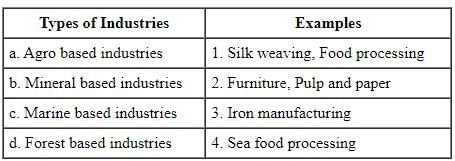
Which ministry launched the Swachhata Pakhwada event to promote cleanliness and environmental sustainability?
What is full form of "VIRUS "?
Which country is known for having one of the world's largest geothermal power plants?
A pressure cooker works on the principle of
Who received the Times Power Icon 2024 Award?
What is the name of India's first AI-based film?
Which bank was not nationalized during the Phase I of the Nationalisation of Banks?
Consider the following pairs:
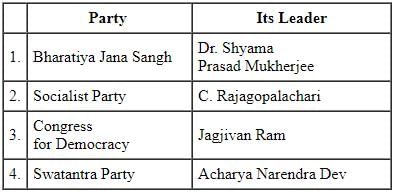
How many of the above are correctly matched?
India’s first research testbed to study Nor’westers getting ready in which state?
Who among the following is known to oppose the Age of Consent Bill?
Consider the following statements:
- Haemophilia A is a communicable disease that affects the body’s ability to form blood clots.
- A lack or decrease of clotting factor VIII causes this type.
Which of the statements given above is/are correct?
Identify the statements given below as true or false.
(i) An assembler is a program that converts instructions written in low-label assembly code into machine code.
(ii) An assembler converts assembly code into machine code line by line.
(iii) Different types of assemblers include one pass assemblers and load-and-go assemblers.
In reference to medieval history, which of the following describes "Nastaliq"?
Consider the following statements regarding the Pangolakha Wildlife Sanctuary:
- It is situated in Sikkim’s Pakyong district.
- It serves as a crucial corridor for wildlife, particularly tigers, between India and Bhutan.
Which of the statements given above are correct?
The keyboard shortcuts for 'Navigation' and 'Find and Replace' in MS Word are __________ and __________ respectively.
Which among the following is not a kind of puppet?



